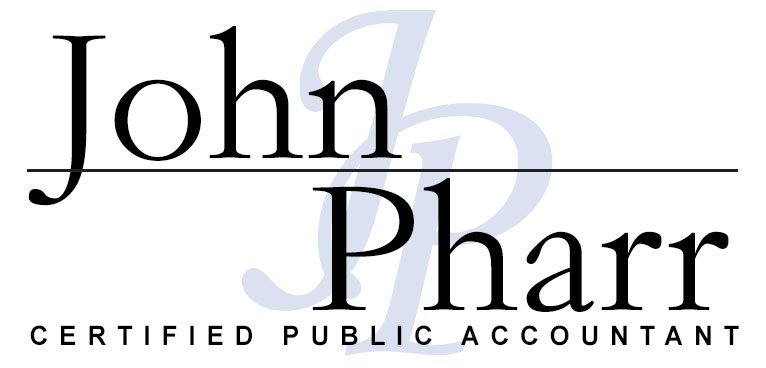Effective Tax Strategies for Business & Investors
Tax-Planning Strategies For Businesses
Effective tax planning is not merely a matter of compliance for businesses; it’s a strategic imperative for optimizing financial performance and sustaining long-term growth. In today’s dynamic business landscape, where tax laws and regulations continually evolve, implementing proactive tax-planning strategies is essential for maximizing profitability, minimizing tax liabilities, and ensuring regulatory compliance. This article delves into key tax-planning strategies that businesses and investors can leverage to navigate the complexities of the tax landscape and achieve their financial objectives with confidence and efficiency.
Take advantage of the qualified business income (QBI) deduction
The Qualified Business Income (QBI) deduction provides owners of pass-through businesses the opportunity to deduct up to 20% of their portion of the business’s income. This deduction offers significant advantages for small business owners.
Pass-through businesses, including sole proprietorships and partnerships, allow owners to report their share of business income on their personal tax returns. However, C corporations are ineligible for the QBI deduction.
Defer or accelerate income and expenses
As a small business owner, you likely employ the cash method of accounting, where revenue is recognized upon receipt of cash and expenses are recorded when payments are made. This approach provides flexibility in managing the timing of revenue and expenses, particularly around year-end.
If anticipating a higher tax bracket in the following year, deferring expenses until January can reduce future net income. Conversely, if expecting a lower tax bracket in the next year, delaying client invoicing until January can lower current year’s net income. Given the fluctuating nature of tax laws, especially for pass-through business owners, consulting with a tax professional is prudent to identify and capitalize on such opportunities.
Planning capital gains and losses
As mentioned in previous articles, delaying tax payments whenever feasible is advisable. One approach to potentially defer capital gains tax is by reinvesting proceeds from a sale into alternative investments. Below are two methods to consider:
- Reinvest funds into a Qualified Opportunity Fund (QOF) within 180 days of recognizing the gain. QOFs are investment vehicles that invest in economically distressed areas, offering tax benefits under the Opportunity Zone program initiated by the Tax Cuts and Jobs Act of 2017.
- Engage in a like-kind exchange, also known as a 1031 exchange, where you reinvest in real property used for business or investment purposes after selling and realizing a gain on another property used for the same purpose. This allows for the deferral of capital gains tax on the realized gain.
Set up or contribute to your retirement
Small businesses meeting specific criteria may be eligible for a tax credit of up to $5,000 to offset the setup costs associated with establishing a Simplified Employee Pension (SEP), Savings Incentive Match Plan for Employees (SIMPLE) IRA, or 401(k) retirement plan. To qualify for this credit, your business must have incurred the following:
- Employ 100 or fewer workers who each earned more than $5,000 in compensation during the preceding year.
- Include at least one plan participant who is a non-highly compensated employee, ensuring that the plan benefits a diverse range of staff members.
- Not have established any other employer-sponsored retirement plans in the three years leading up to the commencement of this particular plan, demonstrating the newness or additional benefits offered by the plan.
Moreover, following the establishment of the plan, you have the option to deduct your personal contributions made to your 401(k) retirement account.
Tax-Planning Strategies For Investors
Employing a tax-efficient investment strategy can accelerate the growth of your investments by leveraging the additional funds preserved through tax savings. While diversifying your investment portfolio remains crucial for long-term risk mitigation, for the present tax year, consider implementing loss harvesting techniques to reduce your tax liability.
Diversify your portfolio
In order to mitigate the risks associated with market volatility and evolving tax regulations over the long term, it is advisable to diversify your investment portfolio. This involves distributing your funds across a range of investment vehicles. For example, you may allocate some of your retirement savings to a tax-deferred account, where taxes are paid upon withdrawal during retirement. Conversely, you might invest in a tax-exempt account, where taxes are paid upfront but not upon withdrawal. Additionally, blending higher-risk investments with more stable, low-risk options can further diversify your portfolio and help manage risk.
Harvest investment losses
Investment loss harvesting involves strategically selling investments that have decreased in value to offset capital gains realized during the same tax year. When you sell an investment at a loss, it generates a realized loss. This realized loss can then be used to offset any realized gains, thereby reducing your overall taxable gain for the year. By carefully timing these transactions, you can potentially minimize your tax liability and optimize your investment returns.
The Bottom Line
Effective tax planning is indispensable for businesses seeking financial optimization and sustainable growth amidst evolving tax landscapes. Leveraging strategies such as the Qualified Business Income (QBI) deduction, deferral or acceleration of income and expenses, and capital gains and losses management can yield substantial benefits. Businesses can also capitalize on retirement plan incentives, such as tax credits and personal contribution deductions, to secure their financial future.
For investors, adopting tax-efficient investment strategies and diversifying portfolios are paramount. Techniques like investment loss harvesting can mitigate tax liabilities and enhance investment returns over time. By navigating tax complexities with foresight and strategic planning, businesses and investors can achieve their financial goals with confidence and efficiency, ultimately driving long-term prosperity and success.
PharrCPA
Ready to optimize your financial strategy? Take the next step with PharrCPA. Whether you’re saving for a short-term goal or planning for the future, our expert team is here to help.
Explore our range of investment options and tax solutions today to start maximizing your returns and achieving your financial goals. Don’t wait any longer – seize control of your financial future with PharrCPA.




